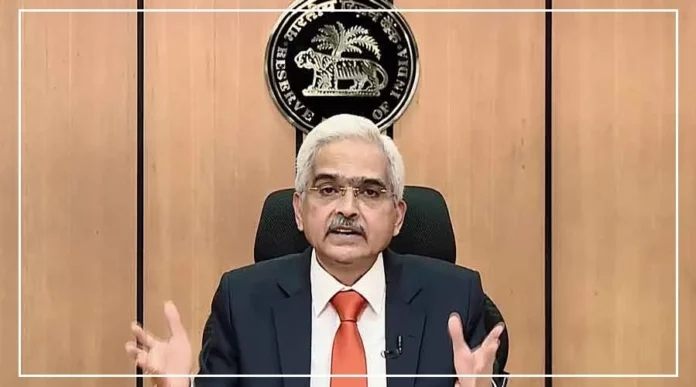In the latest RBI Monetary Policy Committee (MPC) meeting, the Reserve Bank of India (RBI) cut interest rates by 25 basis points for the second consecutive time.
Along with this, the RBI announced 6 significant changes to banking regulations, fintech, and payment systems aimed at making India’s financial sector more inclusive and modern.
1. Securitisation of Stressed Assets Now Possible Through the Market
Previously, banks could resolve bad loans (stressed assets) mainly through Asset Reconstruction Companies (ARCs).
Now, RBI has introduced a Market-Based Securitization Mechanism, allowing banks to sell their stressed loans to investors in the open market.
This will bring more competition and transparency in resolving non-performing assets (NPAs), helping banks clean up their balance sheets.
2. Expanded Co-Lending Limits – All Regulated Entities Included
Currently, co-lending is available only between banks and NBFCs (Non-Banking Financial Companies) for priority sector loans.
RBI has expanded this facility to include all regulated entities, such as microfinance institutions and others. This change will allow co-lending for both priority and non-priority sector loans, improving credit access, especially in underserved areas.
3. Uniform Guidelines for Gold Loans
Gold loans, a popular form of borrowing in India, will now come under uniform and comprehensive regulatory guidelines.
RBI will introduce prudential norms and customer handling rules to bring consistency in how banks and NBFCs operate in this sector, protecting consumers and reducing risks.
4. New Guidelines for Non-Fund-Based Facilities and Infrastructure Financing
RBI is introducing uniform rules for non-fund-based facilities, like bank guarantees and letters of credit, which are currently regulated differently for various entities.
Additionally, RBI will revise guidelines for Partial Credit Enhancement (PCE) to help infrastructure projects access cheaper funds.
Draft guidelines on these topics are being shared for public feedback.
5. NPCI to Set UPI Transaction Limits
Currently, RBI decides the limits for UPI (Unified Payments Interface) transactions.
However, RBI has proposed that the National Payments Corporation of India (NPCI) take over this responsibility.
NPCI will consult banks and stakeholders to adjust limits based on evolving needs, making digital payments more efficient and accessible.
6. Regulatory Sandbox to Be ‘Theme-Neutral’ and ‘On-Tap’
The RBI’s Regulatory Sandbox, which allows fintech companies to test products within a controlled environment, will now be “theme-neutral” and “on-tap.”
This means that any type of innovation, not limited to specific themes like digital loans or payments, can be tested at any time.
This change will provide startups and fintech companies with a more flexible and faster platform to experiment with new technologies.
These initiatives aim to enhance the efficiency, inclusivity, and transparency of India’s financial system, making it more accessible and modern.
